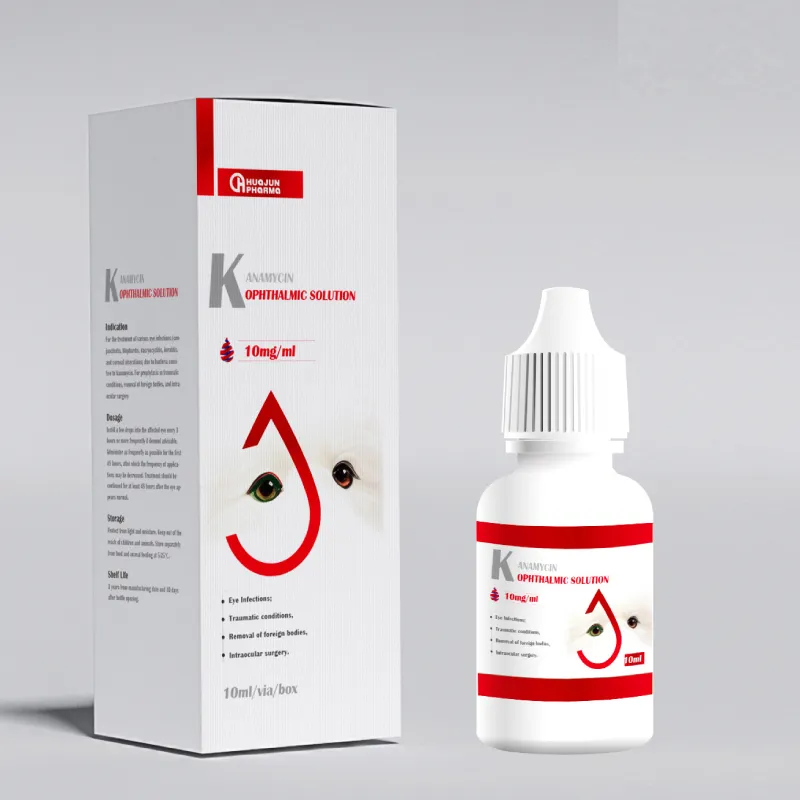
Dec . 01, 2024 19:56 Back to list
china florfenicol veterinary
Florfenicol in Veterinary Medicine in China
Florfenicol is an important veterinary antibiotic used mainly in the treatment and prevention of infectious diseases in livestock and aquaculture. Since its introduction, especially in regions like China, it has played a crucial role in enhancing animal health management and productivity. The significance of florfenicol lies not only in its efficacy but also in its regulatory aspects and the challenges associated with its use.
Historical Context and Approval
Florfenicol, a synthetic analog of thiamphenicol, was first developed in the 1990s. In China, it received official approval for veterinary use in the early 2000s. The antibiotic is effective against a broad range of Gram-positive and Gram-negative bacteria, making it highly versatile for treating various conditions in animals such as respiratory infections, enteritis, and systemic infections. The speed at which florfenicol gained acceptance in the Chinese veterinary market can be attributed to its potency and the pressing need for effective treatment options for livestock and aquaculture species.
Usage in Aquaculture
Aquaculture is a vital industry in China, which is the world's largest producer of fish and seafood. The intensive farming methods employed often lead to overcrowded conditions, creating a perfect environment for the spread of diseases. Florfenicol has become a frequent choice for fish farmers to control outbreaks of bacterial infections, particularly in species like tilapia and salmon. Its water-soluble formulation allows for easy administration through feed or water, enabling farmers to manage treatment effectively while minimizing labor.
Regulatory Landscape
china florfenicol veterinary

The use of florfenicol in veterinary medicine in China is governed by strict regulations aimed at ensuring public safety and animal health. The Ministry of Agriculture and Rural Affairs oversees the approval process for veterinary drugs, including florfenicol. These regulations stipulate guidelines concerning dosage, administration routes, and withdrawal times to prevent drug residues in food products. Farmers and veterinarians are required to adhere to these guidelines rigorously to ensure that the antibiotic does not contribute to antibiotic resistance or pose health risks to consumers.
Challenges Faced
Despite its advantages, the comprehensive use of florfenicol in veterinary medicine is fraught with challenges. One of the primary concerns is the development of antimicrobial resistance. Overreliance on antibiotics can lead to resistant strains of bacteria, which can have severe implications not just for veterinary medicine, but also for human health. As with many other countries, China faces the challenge of balancing the need for effective disease control in livestock with the emerging threats of antibiotic resistance.
Furthermore, public awareness regarding the potential risks associated with the misuse of antibiotics is growing. Consumers are increasingly concerned about food safety and the presence of antibiotic residues in animal products. This has prompted government agencies and the veterinary community to advocate for more sustainable practices, including responsible antibiotic use and the exploration of alternative therapies.
Future Directions
Looking ahead, the focus is shifting towards implementing stricter controls on the use of florfenicol and other antibiotics in veterinary medicine. Research is underway to develop alternative treatments and improve farming practices to enhance animal health without over-relying on antibiotics. Education and training for farmers and veterinarians on responsible antibiotic use is crucial for sustainable livestock management.
In conclusion, florfenicol remains a vital component of veterinary medicine in China, especially in aquaculture and livestock industries. While it has proven effective in disease management, the challenges associated with antibiotic resistance and food safety necessitate a carefully balanced approach. Stakeholders must collaborate to ensure that florfenicol is used judiciously, thereby safeguarding animal health, public safety, and the longevity of the livestock industry.
-
Amoxicillin for Rats Factories | Trusted Bulk Manufacturer & Supplier
NewsAug.25,2025
-
Leading Swine Fever Solutions: Custom & Factory-Direct Supply
NewsAug.24,2025
-
Advanced Nutrition Sepsis Factories: Custom Fish Feed Supply
NewsAug.23,2025
-
Leading Vitamin C Factory: High-Quality Bulk Supply
NewsAug.22,2025
-
China Salmonella Solutions: Custom Strains & Lab Testing
NewsAug.21,2025
-
Amoxicillin Powder for Poultry: Factory-Direct Quality & Potency
NewsAug.19,2025


